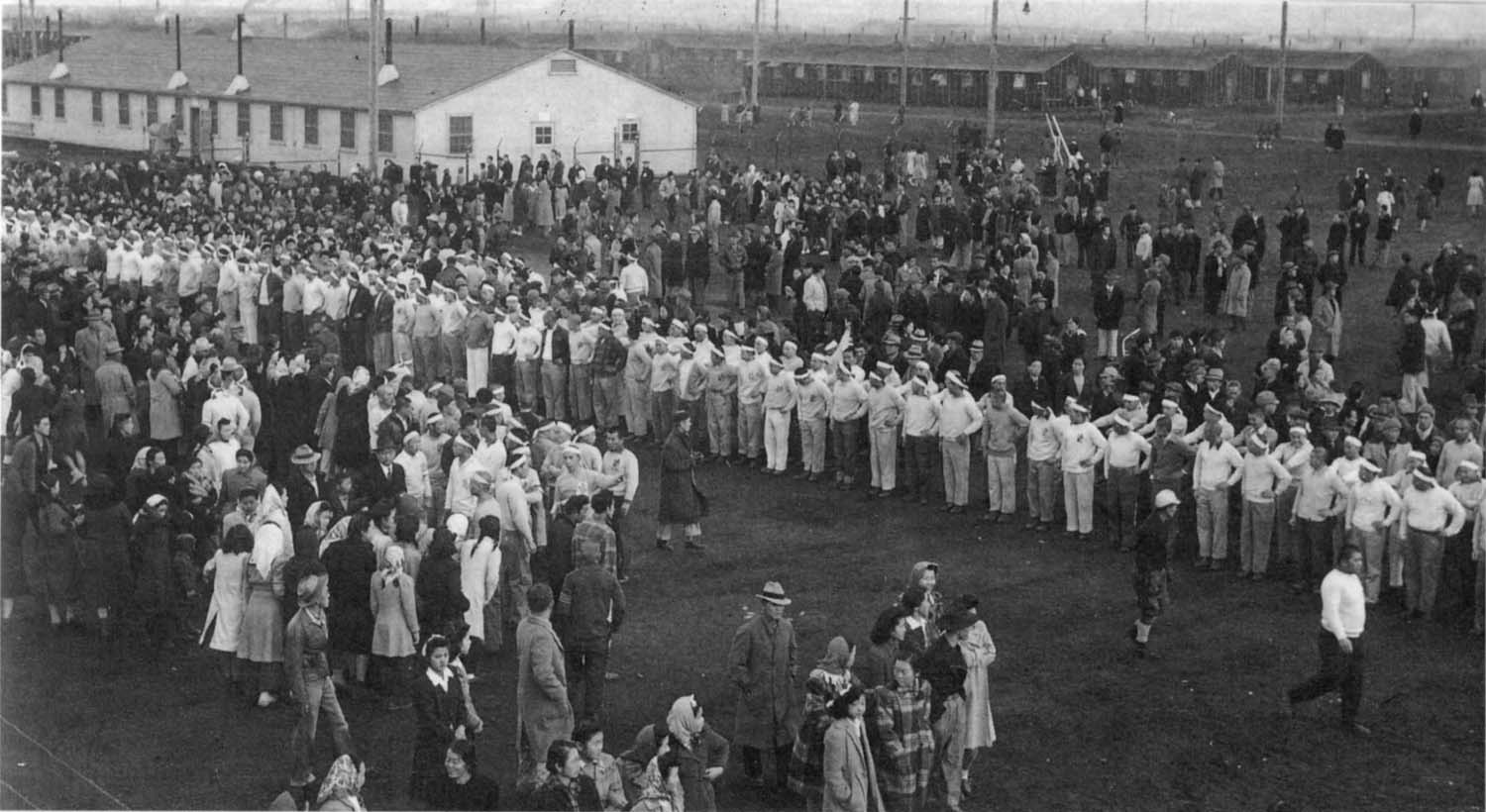Fence
However, it becomes clear that these protests were not meant to scare caucasians and WRA authorities, but to improve the conditions of living. Even before the camp was labeled as a segregation center, a strike occurred in 1942 “over the lack of promised goods and salaries.” Additionally, despite “sensationalized articles [that] amplified local fears of dangerous Japanese POW’s” most of the protests actually “ended peacefully” (Japanese American National Museum, AJA WWII Memorial Alliance). Despite these peaceful intentions however, detainees were still treated as dangerous inmates. For example after “a minor scuffle” known as the “Food Warehouse disturbance” internees were “questioned in an all night session and brutally beaten” and held in 250x350 foot stockade (Japanese American National Museum, AJA WWII Memorial Alliance).
